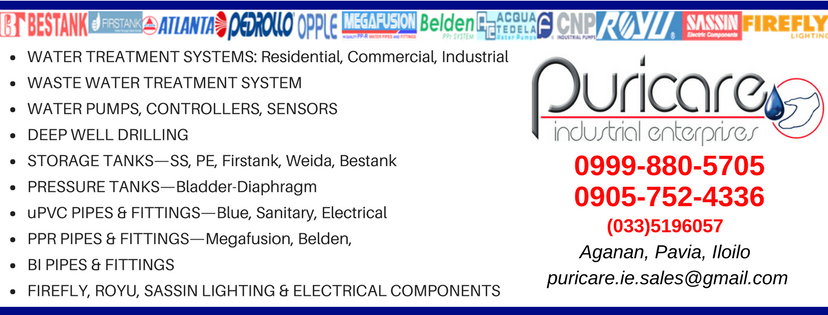 |
| Astronauts during launch . |
Astronauts And Their Spacesuits
How Do Astronauts Choose the Best
Color For Their Spacesuits?
Ashish
The
moment I hear or think of the word ‘spacesuit’, my mind immediately
pictures an astronaut clad in a white spacesuit enjoying the feeling of
weightlessness in the vast expanse of space (fortunately, I also imagine their
space shuttle in the immediate vicinity).
I’m
sure many of you also associate the color white with
spacesuits, right?
Or
are you among those who relate the color orange with spacesuits?
Or
perhaps you belong to an altogether different category of people who, when they
think about spacesuits, can’t help but wonder why white and orange spacesuits
are the only choices to cover people launching off on space voyages…
If
you belong to that third category of people, then you’re about to find out the
real reason behind the color choices of white and orange.
Spacesuits
To
start with, there are two main kinds of spacesuits: Launch/Entry suits and EVA
suits.
Let’s look at them
individually to determine their different purposes.
Launch/Entry Suit: The Orange One
It’s
easy to refer to it as “the orange suit”, yes, but there is a specific name for
this type of suit: the Advanced Crew Escape Suit (ACES) – also
informally referred to as the ‘pumpkin suit’.
It is a
full-pressure suit that astronauts going into space wear during launch
(lift-off).
Pressurized suits
are necessary for pilots (or space crew) who fly at altitudes where
air pressure may be too low for a person to survive without a protective suit.
A partial-pressure
suit is worn by aircrew, whereas a full-pressure suit is worn by space crew.
The suit is
designed to protect the wearer from accidents during the launch or landing of
the spacecraft.
It consists of
certain vital components, including medicine, a radio, flares, survival
gear and, of course, a parachute.
But why are ACES orange in color?
It’s
not that NASA thought this color would look cool (which, by the way, it does)…
there’s more to it.
“It’s highly visible for search and rescue;
it’s one of the most visible colors, especially for sea rescue,” said one shuttle
crew escape subsystem manager, Brian Daniel, at NASA’s Johnson Space Center in
Houston.
EVA Suit: The White One
 The
purpose of an EVA (Extra-Vehicular Activities) suit is entirely different from
ACES; an EVA suit is the one that astronauts use during their spacewalks.
The
purpose of an EVA (Extra-Vehicular Activities) suit is entirely different from
ACES; an EVA suit is the one that astronauts use during their spacewalks.
These are designed
for survival in the harsh conditions of space, which include near-vacuum and
thermal extremes.
The suit also
protects against small debris floating in the space that may do perilous
harm to ‘space-walkers’.
For the same
reasons, you have likely noticed that EVA suits (the white ones) are much
bulkier than ACES (the orange ones), as they contain multiple layers of heavy
fabric and insulation.
Why Are EVA Suits White?
 The most important
reason for selecting the color white for EVA suits is that white reflects more
heat than other colors; therefore, the astronaut doesn’t get too warm.
The most important
reason for selecting the color white for EVA suits is that white reflects more
heat than other colors; therefore, the astronaut doesn’t get too warm.
However,
they can also get too cold in space, but controlling that is in the astronaut’s
hands – literally!
Their
gloves have heaters embedded inside them to keep those fingers functioning!
White is also the best option due to its contrast
against the vast blackness of space, which renders the wearer easy to spot.
RELATED POSTS:
CLICK HERE . . .
CLICK HERE . . .
CLICK HERE . . .
CLICK HERE . . .
CLICK HERE . . .
CLICK HERE . . .
CLICK HERE . . .
CLICK HERE . . .
CLICK HERE . . .
.
 |
| Multi-Media Filter, Highly-Activated Carbon Filter, Zeolite-Process Water Softener With Brine Tank, Fiberglass Ballast-Type Pressure Tank (fully automatic backwash & regeneration) |
.
PURICARE
Treatment
Systems
.
...
Aganan, Pavia, Iloilo, Philippines
Aganan, Pavia, Iloilo, Philippines
...
CLICK HERE . . . to view company profile . . .
CLICK HERE . . . to view company profile . . .
















